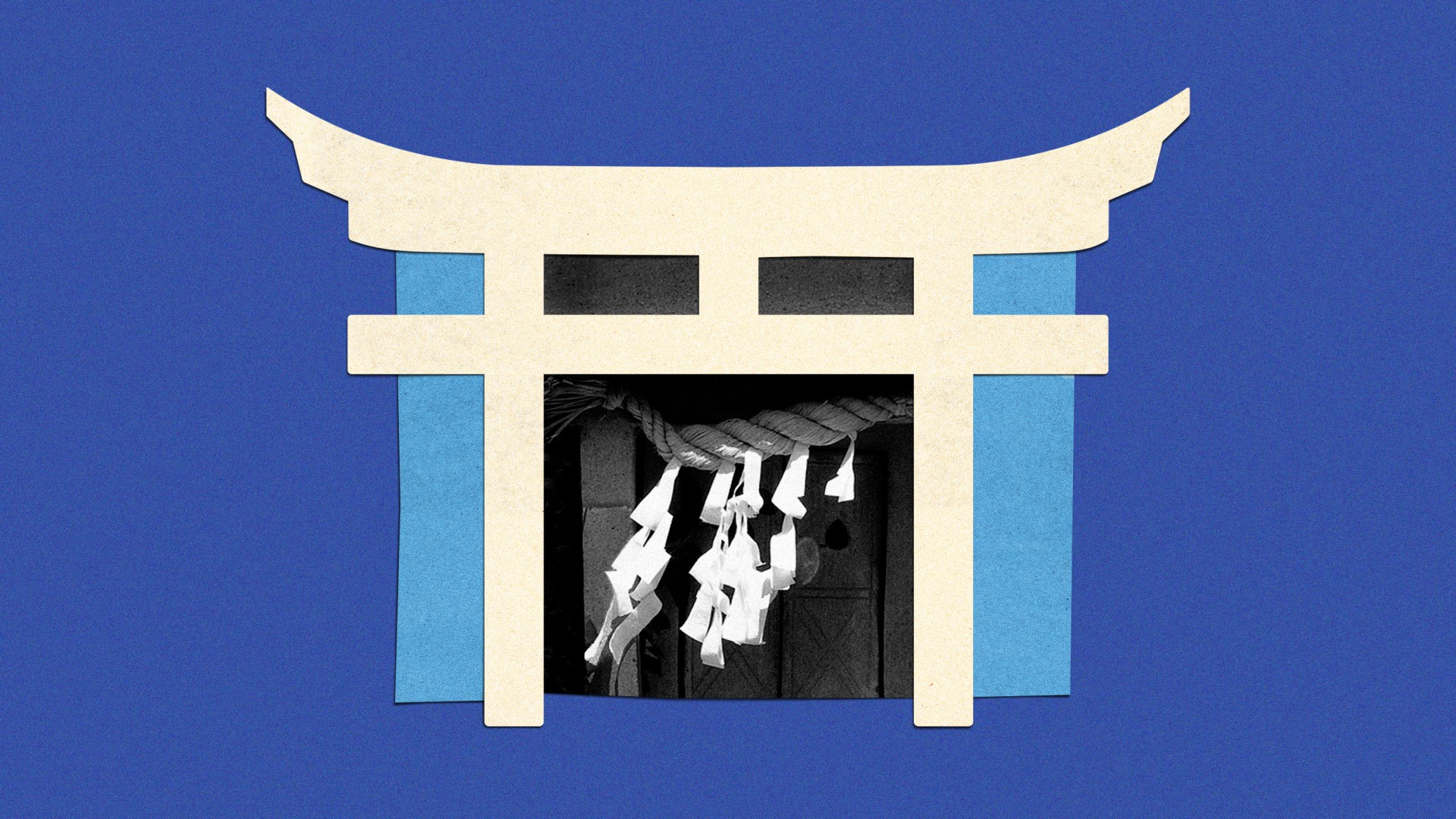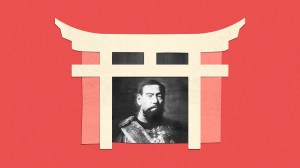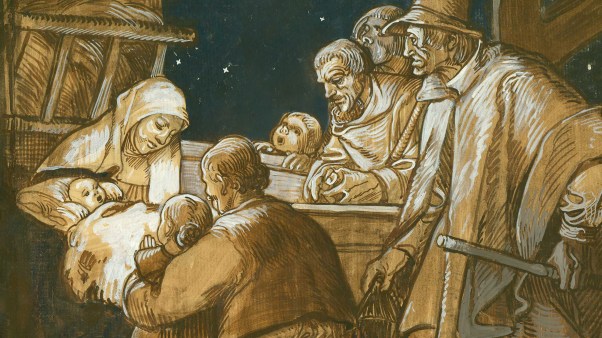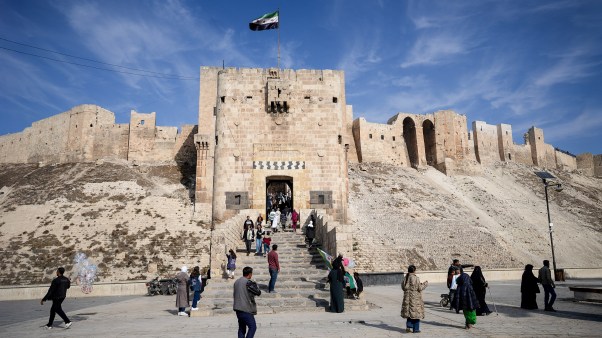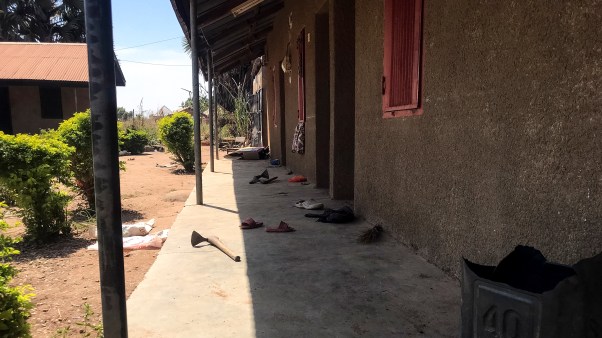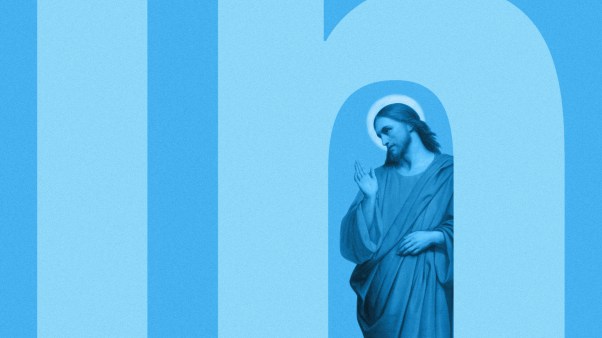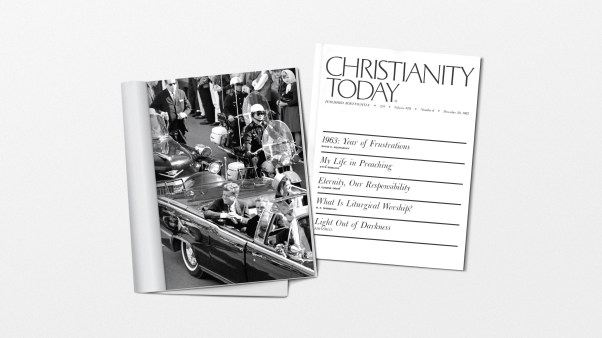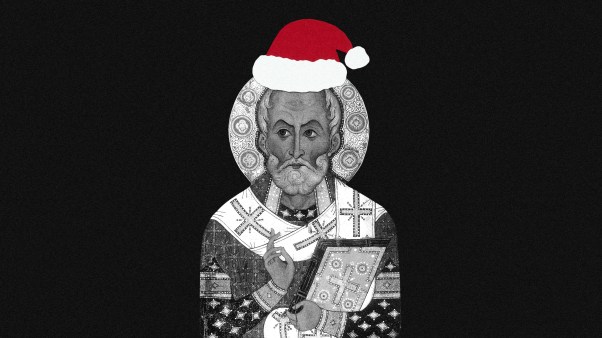In this series
Christianity Today interviews Yoichi Yamaguchi, director of the International Mission Center at Tokyo Christian University, on the beginnings of a Christian movement that sought to meld the faith with Shinto and Japanese nationalism and the struggles present-day Japanese evangelicals face when it comes to Shinto practices.
How did Japanese Christians and churches historically engage with Shinto?
When the first Protestant missionaries came to Japan in the mid-19th century, they taught that Shinto shrines are idolatrous. Early Japanese Christians accepted this posture, and they refused to participate in Shinto practices like worshiping at a local shrine.
But through these repeated conflicts with Shinto beliefs, Japanese Christians began to rethink whether traditional Shinto values, such as ancestral worship and emperor veneration, were truly incompatible with the Christian faith.
The Japanese Christianity (nihon-teki-kirisuto-kyo) movement, which started in the early Meiji period and lasted until the end of World War II, sought to meld Shinto and nationalism with Christian faith. Proponents of this movement believed that God had chosen Japan as the protector of Asia against Western invasion, and some even went so far as to say that Shinto values could be fully realized through Christianity or that the Japanese god Amaterasu was Jesus and therefore the emperor was a descendant of Christ.
The earliest Protestant communities in Japan, such as the Yokohama Band (the word band describes a small group of Christians) and its Yokohama church, comprised individuals who were deeply informed by nativist (Kokugaku) scholarship. Their embrace of Christianity was not a conversion out of a heritage that cherished the Japanese ethos, including Shinto, but rather a reinterpretation of it.
Can you share examples of some Japanese Christians’ reinterpretations of Shinto beliefs?
Japanese Christian leaders from the late 19th century, like Uemura Masahisa and Kanzo Uchimura, proposed viewing Christianity as a faith that was grafted onto “the way of the samurai” (Bushido). They argued that key Bushido virtues, such as honor and loyalty, paved the way for Christianity in the country.
Other Christian leaders, like Ebina Danjo and Watase Tsuneyoshi, were more explicit in attempting to wed Shinto with Christianity. Ebina supported modern values like gender equality but also held a deep conviction of Japanese superiority because of the Shinto belief that Japan was a divinely appointed country.
I once considered Christian thinkers like Ebina and Watase as extremists, but after reading the literature of the Japanese Christianity movement in their time period, I came to realize that their views were not outliers at the time. These attitudes were shaped in an environment where East Asia, including Japan, faced the threat of Western colonization.
This conviction that Japan must not fall victim to imperial powers helped to produce a generation of Christians who fused their faith with Shinto beliefs and nationalist ideals.
What kinds of tensions or conflicts do Japanese evangelicals face regarding Shinto today?
Our historical memory of State Shinto—and how it suffocated religious freedom during World War II—has fostered a sense of caution and discomfort among Japanese Christians when it comes to emperor veneration, shrine visits, and participation in neighborhood associations that engage in Shinto customs.
However, this reluctance toward engaging with Shinto has dulled in recent years, particularly among younger generations of evangelicals. There is an intensified conformity and tendency to go along with prevailing norms. Even as shrine institutions weaken, the ethos of mutual nondisruption—“Let’s live freely, help each other, and not cause trouble”—continues to exert a strong influence in Japanese society.
Today, institutionalized Shinto is declining. Yet Japanese people still highly prize Shinto ideals such as mutual respect, harmony, and restraint. This worldview encourages cultural homogeneity, making it difficult for people to ascribe to Christianity’s exclusive claims. In this sense, the ethos of Shinto may persist in a noninstitutionalized way.
The emperor, too, has undergone a symbolic refresh. He is now widely perceived as Japan’s moral exemplar instead of a divine being. Hence there is a growing sense of appreciation toward the emperor among younger evangelicals. Many feel less animosity toward the emperor and the role he plays in state-led Shinto rituals.
With this increasingly positive appreciation of the emperor and a Shinto worldview, perhaps Japanese Christians need to be alert and not fall into the slippery slope of syncretism again.
Learn more about Shinto’s key teachings, its historical and contemporary influences on Japanese society, and conversations about Christ in a Shinto-influenced culture.

